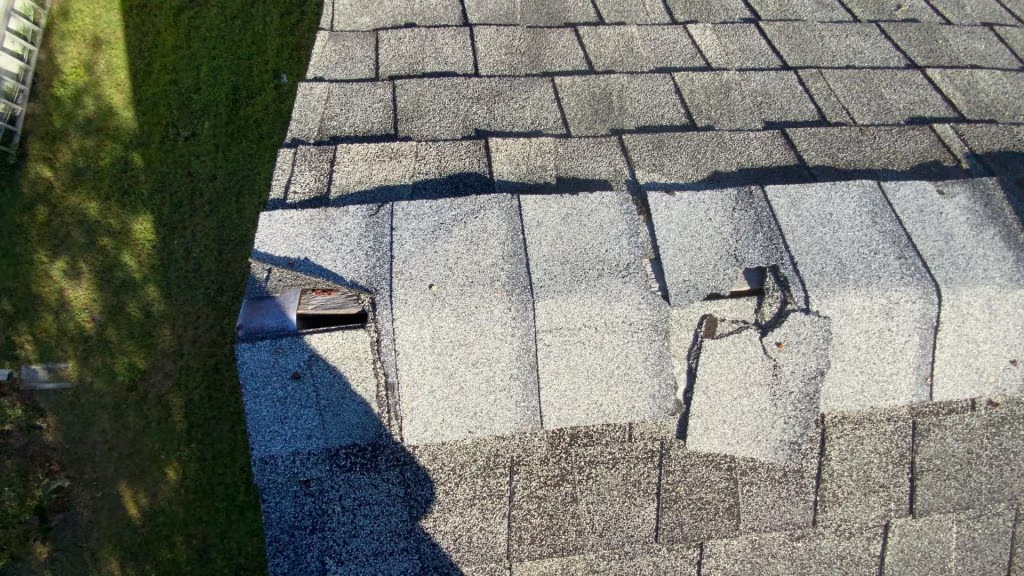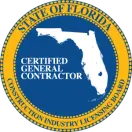5 Key Signs You Need Roof Repair After an Orlando Storm
If you’ve lived in Orlando for more than a season, you know that summer storms are no joke. From strong winds to sudden downpours, your roof takes the hit. After the skies clear, it’s not always obvious whether you need a full roof replacement or just a targeted repair. Here’s how to tell.
Spotting Roof Damage After a Storm
Orlando’s tropical climate brings frequent wind and rain events that can silently damage your roof. These signs can help you decide if it’s time to consider roof repair.
1. Missing or Damaged Shingles
Check for shingles that are cracked, curled, or completely missing. If you find pieces in your yard after a storm, especially in areas like Winter Park or Conway, a roof repair is likely needed.
2. Granules in Gutters or Downspouts
Granule loss weakens shingle protection. If your gutters are filled with black grit after a storm, this is a clear sign your shingles are deteriorating.
3. Water Stains on Ceilings
Stains inside your home indicate that water is seeping through. If you see discoloration or damp spots on the ceiling, especially in rooms close to the attic, it’s time to get your roof inspected.
4. Sagging or Soft Spots
If your roof feels soft or spongy when walking on it—or if you see sagging areas from below—this can signal water damage or trapped moisture.
5. Aged Roof with Repeated Repairs
If your roof is over 15 years old and has been patched multiple times, a small leak might be part of a bigger problem. Many homes in Casselberry, Longwood, and Altamonte Springs face this issue after strong seasons.
When Roof Repair Is Enough
If the damage is localized and the rest of your roof is in good shape, a roof repair can be a cost-effective fix. This is common in areas like Deltona or Winter Springs, where newer roofs experience only minor impact.
Learn more about our Roof Repair Services
When to Consider a Full Replacement Instead
In some cases, repair isn’t enough. If your roof has widespread damage, poor ventilation, or repeated leaks, replacement may be the better option—especially in storm-heavy regions like Groveland or Clermont.
Why Roof Material and Age Matter
Different roofing materials respond differently to Florida’s storm conditions. Asphalt shingles wear down faster under UV and moisture. Metal and tile can last longer but still need inspection after big storms.
Choosing roof materials that match Central Florida’s climate can reduce future repairs and make your home more energy efficient.
Insurance, Inspections, and Code Compliance
Always Document After a Storm
Take photos of your roof and any visible damage. Keep inspection reports and communication with your roofing contractor on file.
Know Florida’s Code
In some cases, replacing more than 25% of your roof means the entire thing must be brought up to current code. This applies in places like Deland and Saint Cloud, where older homes face more regulation during repair projects.
Florida Building Code: Roofing Guidelines
Trust a Local Contractor for Honest Roof Repair
Choosing a local team makes all the difference. Gravity Roofing knows Orlando’s weather, permitting requirements, and building codes. Our inspections are straightforward, and our repairs are done to last—not just to cover up damage.
If you’re unsure whether you need a repair or a full replacement, we’re here to help.














